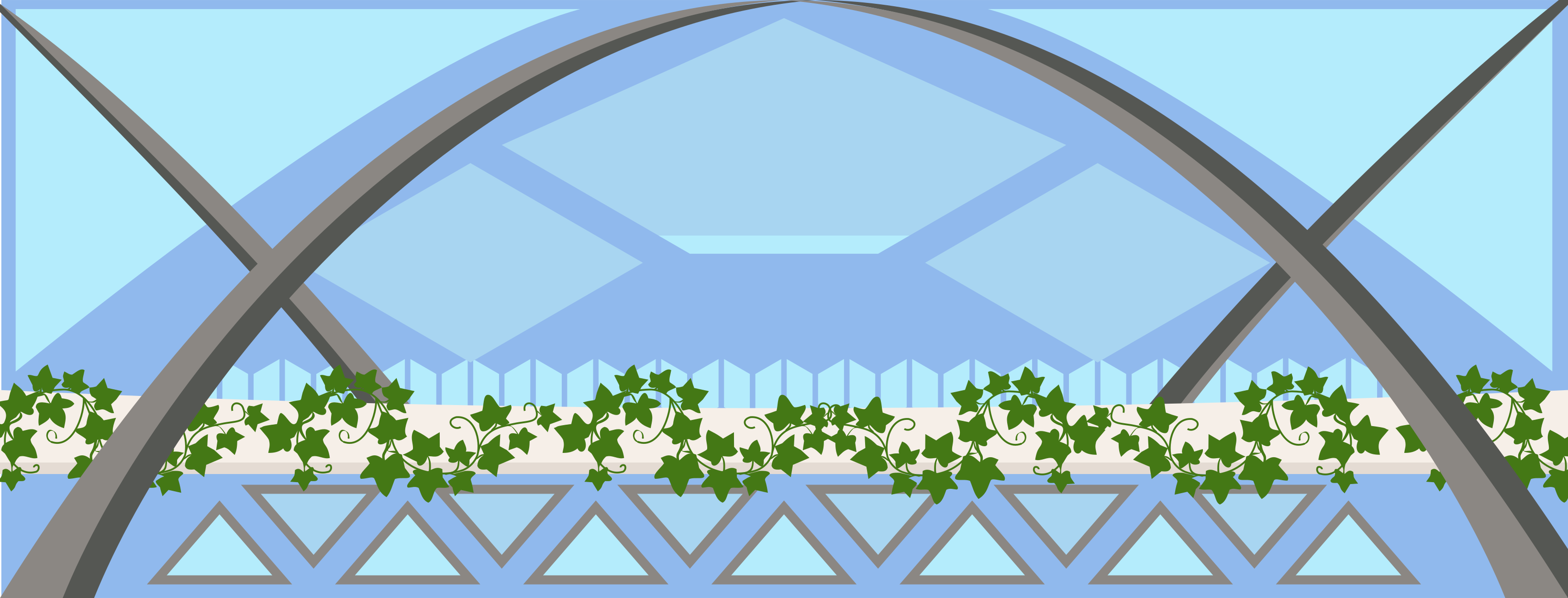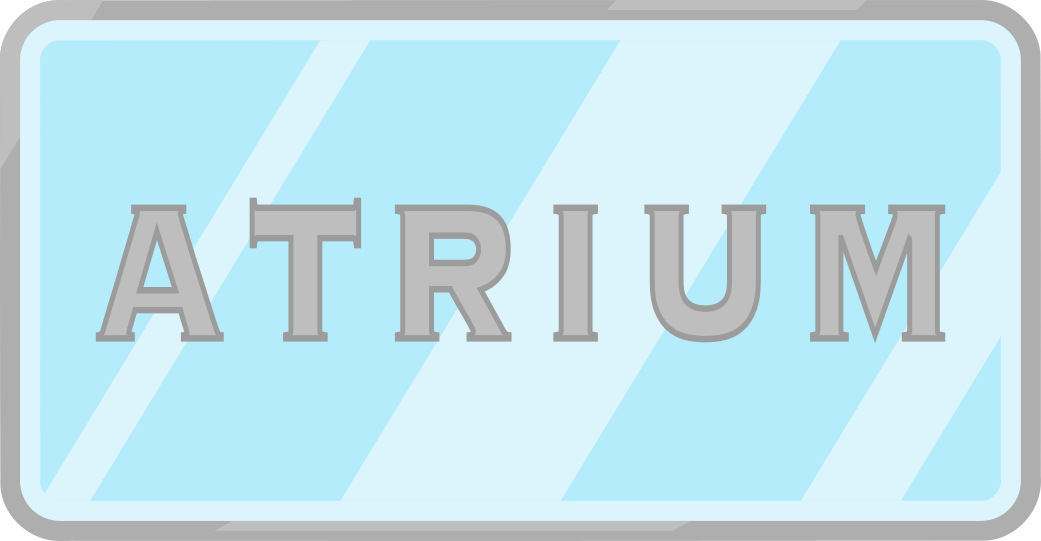Showcase
Erratum on Sat, 1/14/23, 10:58 AM UTC: In the rules for entry K: the words "Every digit not in the rightmost column" should be replaced with "Every nonzero digit not in the rightmost column"
Erratum on Sun, 1/15/23, 5:44 AM UTC: In entry K, the last rule was replaced with "The rightmost column is a special one; all digits in that column should be considered as double for satisfying the previous rule's words." The rule "Each digit denotes the size of its (contiguous) colored area, or 0 if it is in a white area." was moved to second-last in the list of rules.
These are the contest’s best entries, but their instructions are a mess from start to end.
Entry A: FORM A BRIDGE

- Find locations for the digits below the grid to be placed in the cells.
- Dotted lines of each color indicate a true mathematical equation when read left-to-right and bottom-to-top.
- Identical digits cannot be placed in cells adjacent to one another.
Entry B: RECUPERATE LOGO EFFORT
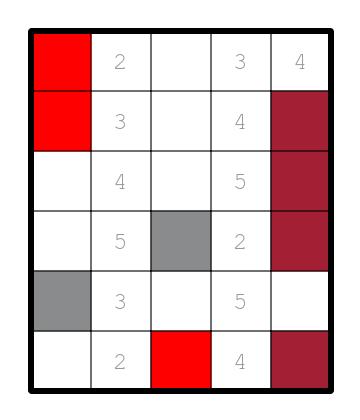
- Contest instructions:
- Place numbers in the empty cells such that each number from 1 to 5 appears in each row exactly once.
- Cells shaded the same color contain the same number.
- Cells that are unshaded are not orthogonally adjacent to any cells containing the same number.
- (Comment: I tried but failed to make this look like the logo of MIT.)
Entry C: ABC LINE GAME

- Won another puzzle contest with this construction!
- Fill cells with digits from 0 to 9 in the grid such that:
- Any digit greater than 1 is not adjacent to any other digit.
- A number above a cell denotes the sum of the cell below it and its 2 neighbors, if they exist and contain a number.
- A number to the left of a row denotes the sum of all the digits in that row.
- There is at most one blank cell in each row (this rule was added recently).
Entry D: USB KEY SYMPTOMS
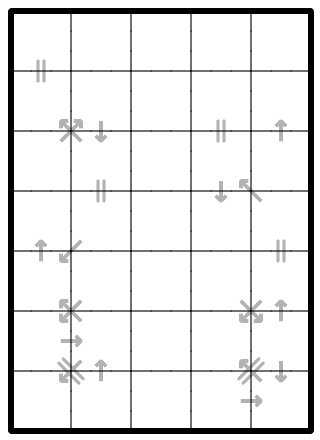
- Watch the spaces between cells for indicators about their values.
- An equals sign connects two equal digits.
- An arrow points from a digit to a different digit which is higher by one.
- The range of possible digits is 1 to 5.
- Not all cells will contain digits, but all possible indicators between orthogonal or diagonal neighbors have been broadcast.
Entry E: CITY’S POWERS

- After some careful inspection, you deduce the following ruleset:
- Each cell contains a nonzero digit or is blank.
- There are exactly 2 blank cells in the grid.
- Cell 1 contains a perfect square.
- Concatenating cells 2, 3, 9 gives a perfect square.
- Concatenating cells 7, 8, 9 gives a perfect square.
- Concatenating cells 3, 5, 6, 10 gives a perfect cube.
- Concatenating cells 4, 3, 6, 7 gives a perfect cube.
- Concatenating cells 9, 4, 6, 7 gives a perfect fourth power.
- Concatenating cells 2, 3, 4 gives a perfect fifth power.
- Concatenating cells 5, 6, 4, 1 gives a perfect sixth power.
- Concatenating cells 6, 3, 10, 2, 5 gives a perfect seventh power.
- Concatenating cells 3, 4, 6, 10 gives a perfect seventh power.
- Note: Solve time for this puzzle should be less than an hour.
Entry F: ELEVEN SECTS
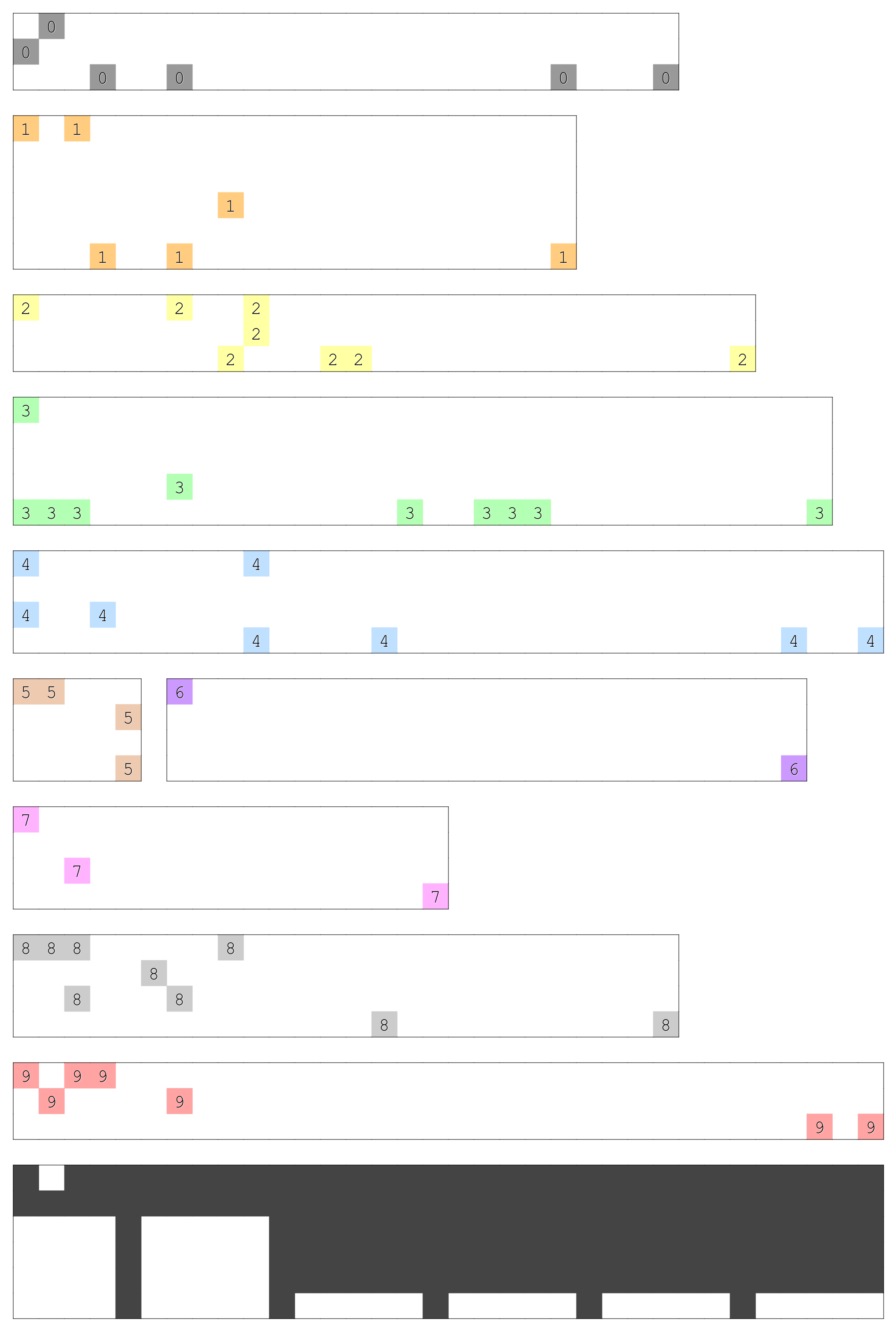
- Four small pieces and seven large pieces make up this jigsaw puzzle.
- The eleven pieces correspond to digits 0 to 9 and blank cells, each colored in a different color.
- Reconstruct the original rectangular grid from the eleven pieces without rotation or reflection.
- The cells used by the pieces should exactly cover the grid without any colored overlap.
Entry G: THE TIME STONES
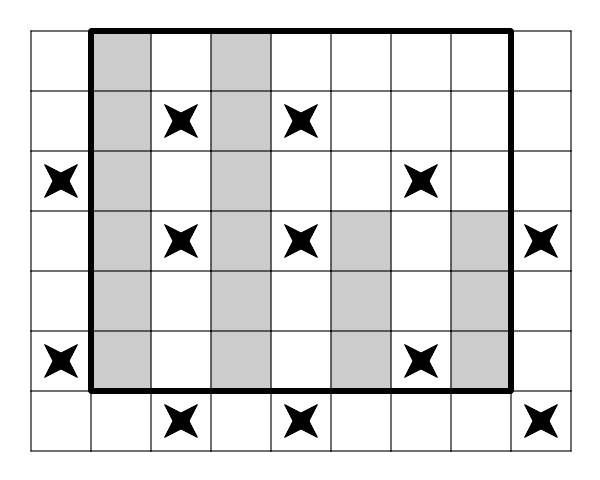
- Letters are not allowed in this puzzle.
- Place numbers in all shaded cells in accordance with the rules of Flower Field (Windows 2000 is where this puzzle type is from).
Entry H: CAKE TRADEOFF

- Fitting entries into cells follows these rules:
- Each cell contains either a single digit or one of two types of cake.
- Each column contains exactly 1 digit.
- The number in the first column denotes the number of Cakes on the Left (CotL) in that column.
- The number in the second column denotes the difference in counts of Cakes on the Left and Cakes on the Right (CotR) in the grid and is not a power of 2.
- All the CotL in the grid form a contiguous region, as do the CotR.
- The contents of the 3rd row are equivalent to the contents of the 10th row.
- Row 2 contains more CotR than CotL.
- The contents of the first row are not equal to the contents of the second row.
- There are more CotL in the right column than there are CotL in the left column.
- There are 2 distinct symbols in the first row of the grid (Cakes are also symbols, regardless of acronym).
Entry I: MIND'S FIRST SYSTEMS

- In this puzzle, each cell contains either a single digit or is blank.
- All digits used are distinct.
- The first cell contains the number of odd digits in the grid.
- The second cell contains the number of blank cells next to it.
- The middle cell contains the number of digits in the grid greater than 5.
- The sixth cell contains the number of blank cells in the grid.
- The seventh cell contains the number of digits in the grid.
- No single cell could be changed to get a different valid grid with rules as previously spoken.
Entry J: L-DISCONNECTED
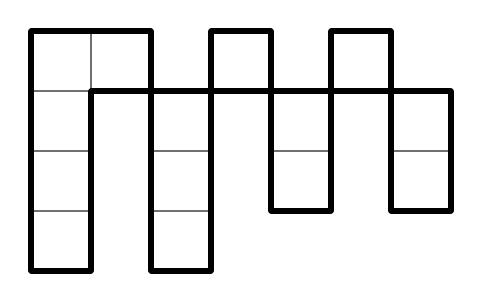
- One 1 is located 3 columns to the right of and 1 row above the other 1. Neither is in the first column.
- One 2 is located 1 column to the right of and 1 row below the other 2.
- One 3 is located 4 columns to the right of and 1 row above the other 3.
- One 4 is located 3 rows directly below one of the other 4s.
- One 4 (different from the two mentioned above) is located 2 columns to the right of and 1 row above one of the other 4s (also different from the three earlier mentioned 4s).
- One 5 is located 5 columns to the right of and 2 rows below the other 5.
- One S is located directly below the other S (one could call this an S-stack, maybe).
Entry K: COFFEE OR OPAQUE?
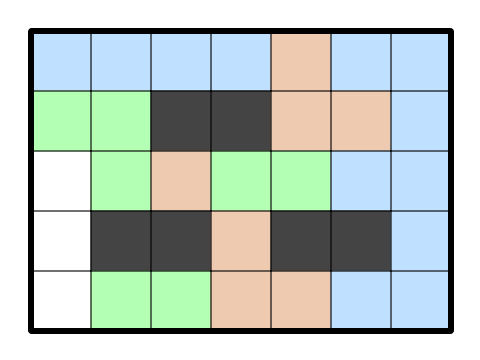
- Two 4s exist in this grid.
- Place 14 digits in this grid.
- No digit is horizontally adjacent to another.
- Each colored area contains exactly 1 digit.
- Every nonzero digit not in the rightmost column must have at least one nonzero digit adjacent to it.
- There are 4 digits in the second row.
- Each digit denotes the size of its (contiguous) colored area, or 0 if it is in a white area.
- The rightmost column is a special one; all digits in that column should be considered as double for satisfying the previous rule's words.
Entry L: MOST PROFOUND TILES
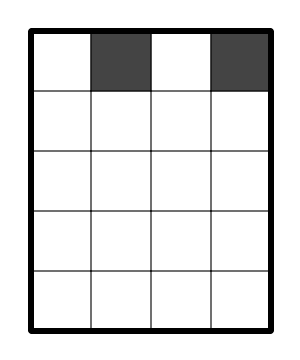
- With some logic you can uniquely place symbols in every cell such that:
- Every unshaded cell must contain a number, an X, or a period (.)
- If a cell contains a number, that number must equal the number of rows below it in the puzzle.
- Each X must see exactly 6 periods horizontally and vertically (vision is blocked by any non-period character).
- The first row contains only numbers, and no other rows contain numbers.
- The middle row does not contain any X’s.
- Every column must contain at least a number or an X or both.
- For every column that contains an X, the column to the right of it must have an X, which must be on a row above that of the current column.
- If you liked this puzzle, check out my other titles.
“... crystal structures”
“... full of”
“... so if you go into”
“... writing system on them”
“a little bit ...”
“kind of compare them ...”
“kind of this ...”
“maybe should be a little ...”
“might end up with a ...”
“not too much ...”
“phrased as a ...”
“they’re not quite ...”
